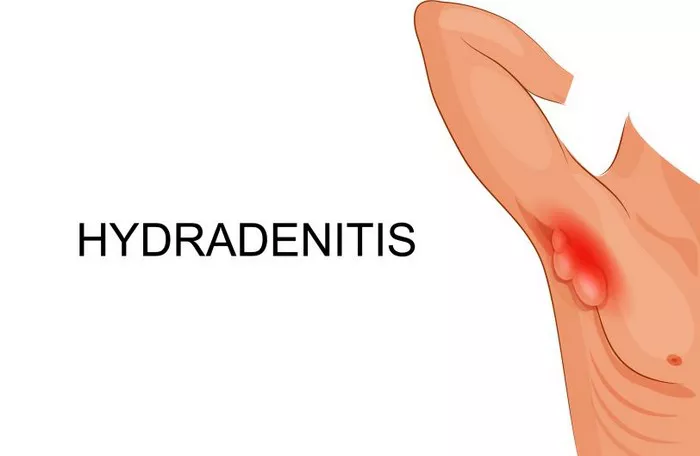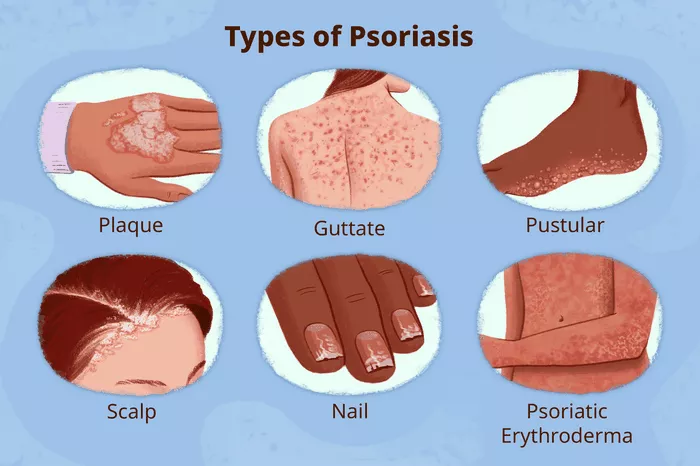Hidradenitis Suppurativa (HS) is a chronic skin condition characterized by painful, recurrent abscesses and nodules, primarily affecting areas with apocrine sweat glands such as the axillae, groin, and buttocks. While medical management remains the first line of defense, some severe cases necessitate surgical intervention. Plastic surgery techniques have emerged as transformative solutions for individuals grappling with the physical and emotional toll of advanced Hidradenitis Suppurativa.
Understanding Hidradenitis Suppurativa
Before delving into plastic surgery as a treatment option, it is crucial to comprehend the nature of Hidradenitis Suppurativa. This inflammatory skin disorder is often debilitating, causing discomfort, pain, and emotional distress. The exact cause of HS remains elusive, but factors such as genetics, obesity, and metabolic syndrome are believed to contribute to its development.
Medical Management: The Initial Approach
The initial management of Hidradenitis Suppurativa typically involves medical treatments aimed at controlling inflammation, preventing infections, and managing symptoms. Antibiotics, anti-inflammatory medications, and lifestyle modifications may provide relief for some individuals. However, in cases where the disease progresses, and quality of life is significantly compromised, surgical intervention becomes a viable consideration.
The Role of Plastic Surgery in Hidradenitis Suppurativa
Plastic surgery plays a crucial role in the management of advanced Hidradenitis Suppurativa, offering solutions that extend beyond symptom control. The goal of surgical intervention is to remove affected skin and tissue, providing relief from chronic abscesses, sinus tracts, and scarring. Various plastic surgery techniques have shown promising results in improving both the physical and psychological aspects of this challenging condition.
1. Wide Excision Surgery
Wide excision surgery involves the removal of affected skin and tissue in the affected areas. This approach aims to eliminate the source of inflammation and reduce the recurrence of abscesses. Plastic surgeons carefully plan and execute the excision to minimize scarring and preserve as much healthy tissue as possible. Postoperative wound care is crucial in ensuring optimal healing.
2. Flap Reconstruction
Flap reconstruction is a sophisticated plastic surgery technique that becomes essential when wide excision results in extensive tissue loss. This method involves the transfer of healthy tissue from nearby areas to cover the defect created by excision. Flap reconstruction not only aids in wound closure but also contributes to better functional and aesthetic outcomes.
3. Laser Surgery
In recent years, laser surgery has emerged as a minimally invasive option for managing Hidradenitis Suppurativa. Laser therapy aims to reduce inflammation, minimize scarring, and promote tissue healing. This technique is particularly beneficial for individuals with milder forms of the condition or those seeking less invasive alternatives to traditional surgical approaches.
4. Tissue Expansion
Tissue expansion is another innovative plastic surgery technique employed in the management of Hidradenitis Suppurativa. This method involves the gradual expansion of healthy skin in the affected area using a silicone balloon. Once sufficient tissue expansion is achieved, the affected skin is excised, and the expanded skin is used to cover the wound, minimizing scarring and improving functional outcomes.
Patient Selection and Considerations
While plastic surgery offers transformative solutions for Hidradenitis Suppurativa, patient selection is critical. Not every individual with HS will require surgical intervention, and careful consideration must be given to factors such as disease severity, overall health, and the impact on the patient’s quality of life. Collaborative decision-making involving dermatologists, plastic surgeons, and the patient is crucial to determining the most appropriate course of action.
Preoperative Counseling and Preparation
Before undergoing plastic surgery for Hidradenitis Suppurativa, patients must undergo thorough preoperative counseling. This includes discussing the potential risks and benefits of the procedure, expected outcomes, and postoperative care requirements. Patients should be well-informed about the nature of the surgery, recovery process, and potential complications to make informed decisions about their treatment.
Recovery and Follow-up Care
The recovery period following plastic surgery for Hidradenitis Suppurativa varies depending on the type and extent of the procedure. Close postoperative monitoring and follow-up care are essential to ensure proper wound healing, address any complications, and provide ongoing support for patients. Physical and emotional well-being should be considered integral components of the recovery process.
Conclusion
Plastic surgery has emerged as a transformative solution for individuals grappling with the challenges of advanced Hidradenitis Suppurativa. From wide excision surgery to innovative techniques such as flap reconstruction, laser surgery, and tissue expansion, plastic surgeons offer a range of interventions to improve both the physical and psychological aspects of this debilitating condition. However, careful patient selection, thorough preoperative counseling, and comprehensive postoperative care are crucial to ensuring optimal outcomes. As the field of plastic surgery continues to advance, individuals with Hidradenitis Suppurativa can find hope in the prospect of improved quality of life through these transformative surgical interventions.


























